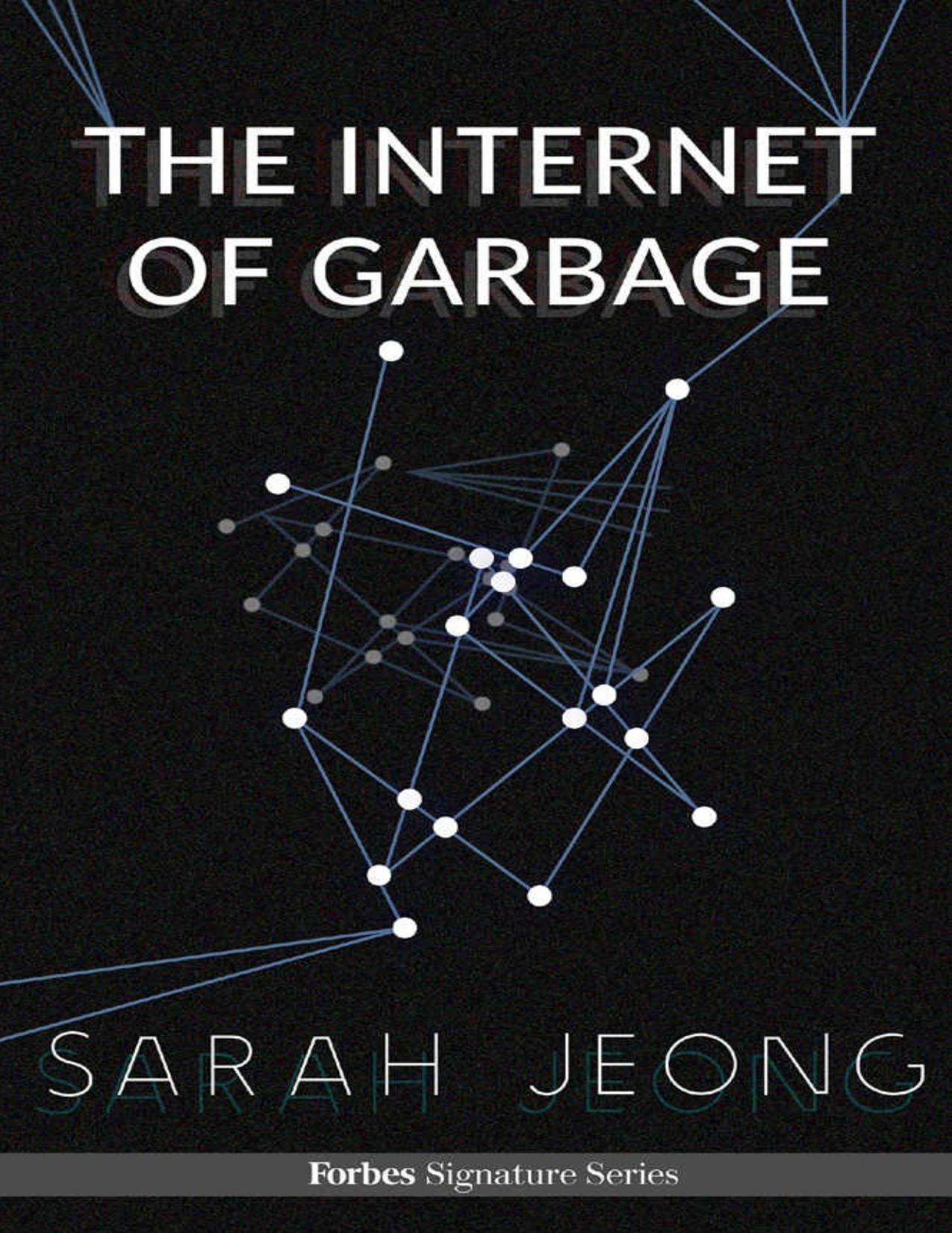The Internet Of Garbage by Sarah Jeong

Author:Sarah Jeong
Language: eng
Format: epub, mobi, pdf
Publisher: Forbes Media
Published: 2015-07-15T04:00:00+00:00
HOW THE DMCA TAUGHT US ALL THE WRONG LESSONS
Cindy Garcia went straight to the DMCA because it was the “only” option she had. But it was also the “only” option in her mind because 16 years of the DMCA had trained her to think in terms of ownership, control, and deletion.
When you assume that your only recourse for safety is deletion, you don’t have very many options. It’s often very difficult to target the poster directly. They might be anonymous. They might have disappeared. They might live in a different country. So usually, when seeking to delete something off the Web, wronged individuals go after the platform that hosts the content. The problem is that those platforms are mostly immunized through Section 230 of the Communications Decency Act (described in detail below). The biggest gaping hole in CDA 230, however, is copyright. That’s where most of the action regarding legally-required deletion on the Internet happens, and all of that is regulated by the DMCA.
The Digital Millennium Copyright Act
The Digital Millennium Copyright Act, among other things, provides “safe harbor” to third-party intermediaries so long as they comply with notice-and-takedown procedures. So if a user uploads a Metallica music video without permission, Warner Bros. cannot directly proceed to suing YouTube. Instead, Warner Bros. would send a DMCA notice. If the notice is proper, YouTube would be forced to take down the video, or otherwise it would no longer be in its “safe harbor.”
The safe harbor provision of the DMCA is largely touted with encouraging the rise of services like YouTube, Reddit, WordPress, and Tumblr—services that are now considered pillars of the current Internet. These sites host user-generated content. While there are certainly rules on these sites, the mass of user-generated content can’t be totally controlled. Without DMCA safe harbor, these sites couldn’t cope with copyright liability for material that slipped through the cracks. Although today YouTube uses a sophisticated ContentID system that does manage to automatically identify copyrighted content with surprisingly accuracy, ContentID was developed later in YouTube’s history. This extraordinary R&D project couldn’t have existed without the early umbrella of protection provided by DMCA safe harbor. Theoretically, DMCA safe harbor protects the little guys, ensuring that the Internet will continue to evolve, flourish, and provide ever-new options for consumers.
The DMCA is also one of the handful of ways you force an online intermediary to remove content.
The Communications Decency Act, Section 230
Under present law, DMCA works in lockstep with Section 230 of the Communications Decency Act, which generally immunizes services from legal liability for the posts of their users. Thanks to CDA 230, if someone tweets something defamatory about the Church of Scientology, Twitter can’t be sued for defamation.
There are very few exceptions to CDA 230. The other notable exception is federal law banning child pornography. But the big one is copyrighted material. Copyright infringement is not shielded by CDA 230—instead, any violations would then be regulated by the provisions of the DMCA instead.
CDA 230 was created in response to Stratton Oakmont v.
Download
The Internet Of Garbage by Sarah Jeong.mobi
The Internet Of Garbage by Sarah Jeong.pdf
This site does not store any files on its server. We only index and link to content provided by other sites. Please contact the content providers to delete copyright contents if any and email us, we'll remove relevant links or contents immediately.
Day by Elie Wiesel(2601)
The Age of Genius by A. C. Grayling(2397)
Gideon's Spies: The Secret History of the Mossad by Gordon Thomas(2239)
The Gulag Archipelago (Vintage Classics) by Aleksandr Solzhenitsyn(1988)
FATWA: Hunted in America by Pamela Geller(1931)
Columbine by Dave Cullen(1769)
Men Explain Things to Me by Rebecca Solnit(1611)
The Rule of Law by Bingham Tom(1595)
Examples & Explanations: Administrative Law by William F. Funk & Richard H. Seamon(1555)
Anatomy of Injustice by Raymond Bonner(1533)
Three Cups of Tea by Greg Mortenson(1523)
That Every Man Be Armed by Stephen P. Halbrook(1481)
ADHD on Trial by Michael Gordon(1477)
The Source by James A. Michener(1460)
Gideon's Spies by Gordon Thomas(1426)
Future Design by Unknown(1389)
Palestinian Walks by Raja Shehadeh(1365)
Constitutional Theory by Carl Schmitt(1349)
Fast Times in Palestine by Pamela Olson(1338)
